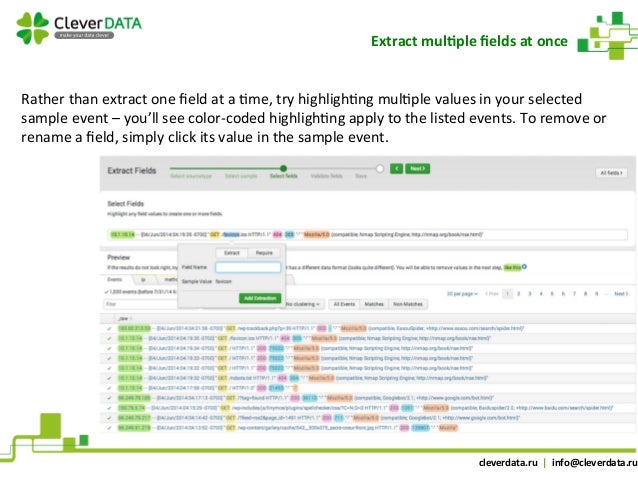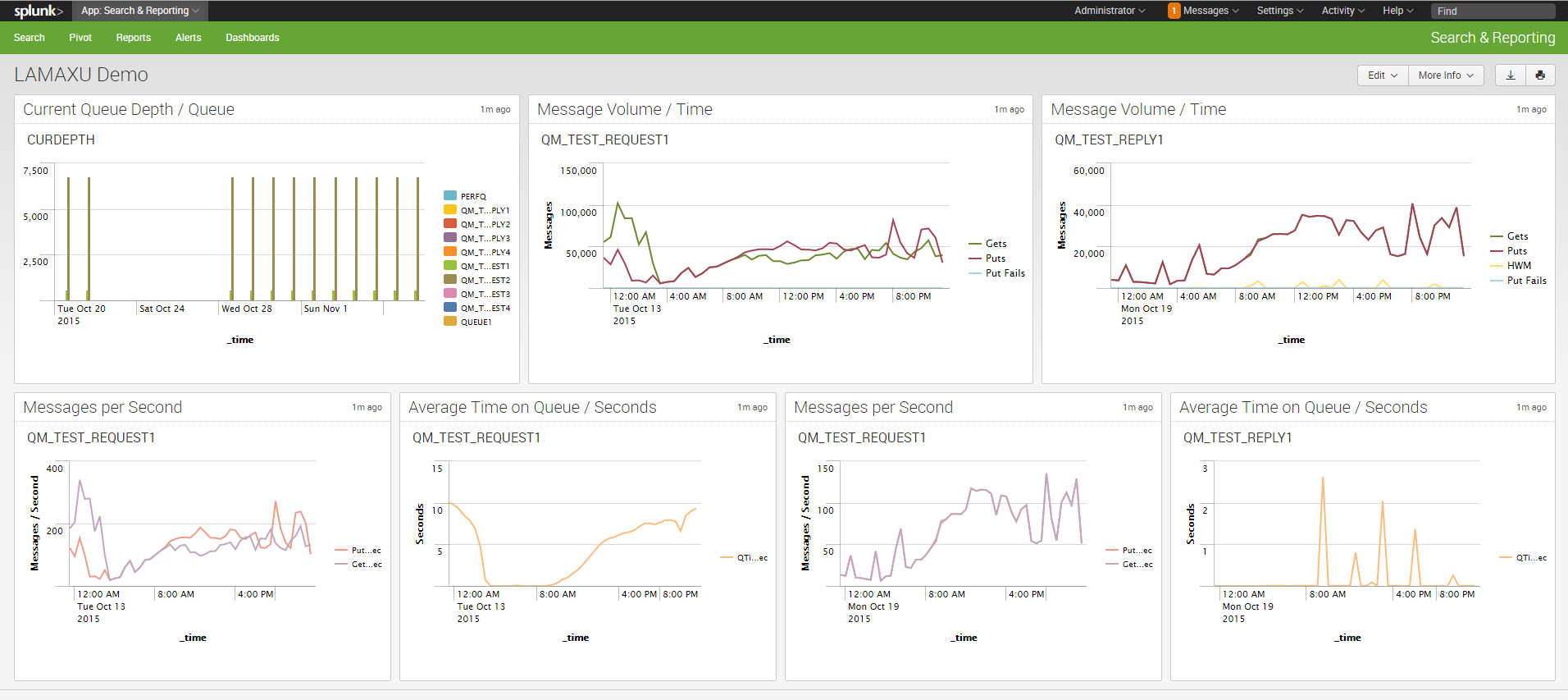

- Splunk eval if statement for free#
- Splunk eval if statement how to#
- Splunk eval if statement software#
… | eval runRate = numberOfRuns / numberOfOversĢ. Let us create a new field called runRate in each event, then calculating runRate would be limited down to dividing the values of fields acquired from fields ‘number of runs’ scored by the ‘number of overs’ bowled. The first example looks at a new field that is created and assigned a value on the fly, after the eval command does its magic of calculating value of an expression. This forms most of your work if Splunk’s eval command is put to use.ġ.
Splunk eval if statement how to#
With the necessary theory discussed about the command and its syntax, usage – let us now concentrate on how to use it in the real-time world. But for a quicker reference, we are providing the list of operators with which you can perform the basic operations in any of your expressions.īoolean Operations AND OR NOT XOR = != LIKE The result of an eval expression can never be a Boolean, if at search time, the search expression cannot be evaluated successfully then eval takes the responsibility of clearing the resulting field by itself.Īs per the command and its usage, you would have understood by now that all the possible operators available can be put to use in your expressions. The syntax of the eval expression is evaluated even before running the actual search and if in case the expression provided is invalid in any scenario, an exception is thrown.Ģ. Read these latest Splunk Interview Questions that helps you grab high-paying jobs! Splunk’s Two Cents On The Usage Of eval Expressionsġ. The is a combination of values, variables, operators and functions that can be executed to determine the value of field and also to place the value into your destination field. If the field name already exists in any of your events, then the eval command overwrites the value with the value calculated.Ģ. The is a destination field name for the resulting calculated value from the eval command to be replaced with. Now based on the syntax that is shown earlier, let us take a deeper look into the fields that are passed on to this command:ġ. As the search processes eval expressions from left to right, this enables you to reference the previously evaluated fields into the subsequent expressions for further evaluation.Įval Command Follows The Syntax As Shown Below We can chain more than eval expressions into a single search expression separated by commas with the subsequent expressions. The eval command has the capability to evaluated mathematical expressions, string expressions and Boolean expressions. If the destination field matches to an already existing field name, then it overwrites the value of the matched field with the eval expression’s result. In the simplest words, the Splunk eval command can be used to calculate an expression and puts the value into a destination field.
Splunk eval if statement for free#
Enroll for Free " Splunk Training" Demo! Splunk eval command Learn how to use Splunk, from beginner basics to advanced techniques, with online video tutorials taught by industry experts.
Splunk eval if statement software#
Splunk bridges the gaps which a single simple log management software or a security information product or a single event management product can manage all by themselves. It is an advanced software that indexes and searches log files stored on a system or the like, alongside to that, it is a scalable and potent software.

Create the following stanza in is a software that enables one to monitor, search, visualize and also to analyze machine generated data (best example are application logs, data from websites, database logs for a start) to big-data using a web styled interface.Using calculated fields, you could define the eval expression for the Description field in nf. Source=eqs7day-M1.csv | eval Description=case(Depth70 AND Depth300 AND Depth<=700, "Deep") | table Datetime, Region, Depth, Description This example examines earthquake data and classifies quakes by their depth by creating a Description field:

Review this example search from the Search Reference discussion of the eval command.Review About calculated fields for more information about calculated fields.It can be evaluated to any value type, including multivals, boolean, or null.Ĭalculated fields with nf example Prerequisites is as flexible as it is for the eval search command.This is consistent with all other field names in Splunk software. Calculated field keys must start with "EVAL-" (including the hyphen), but "EVAL" is not case-sensitive (can be "eVaL" for example).source::, where is the source for an event.host::, where is the host for an event.


 0 kommentar(er)
0 kommentar(er)
